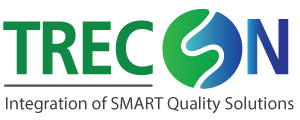DataLyzer FMEA Software Features
เรียนรู้ฟังก์ชั่นการทำงานของ DataLyzer FMEA Software 1.Introduction to DataLyzer FMEA 2.Global Preferences 3.Team Member, User and Authorization 4.Define Column Templates 5.Define Column Headers 6.Classification and Criticality Matrix 7.Import from Excel File 8.New FMEA Document 9.FMEA Adoption
